These are the ‘Roids you are looking for – Steroids in the ED
EM Ottawa
JANUARY 9, 2025
From adrenal crises to septic shock, severe community-acquired pneumonia, and even acute pharyngitis, steroids play a pivotal role in managing a variety of conditions encountered in the Emergency Department (ED). In the acute care setting, steroids have various usages and indications, but their usage can often be nuanced.

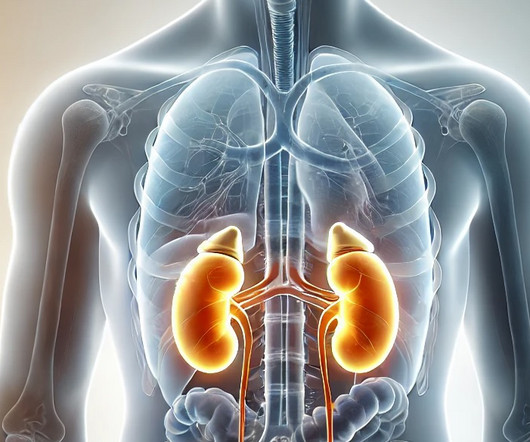
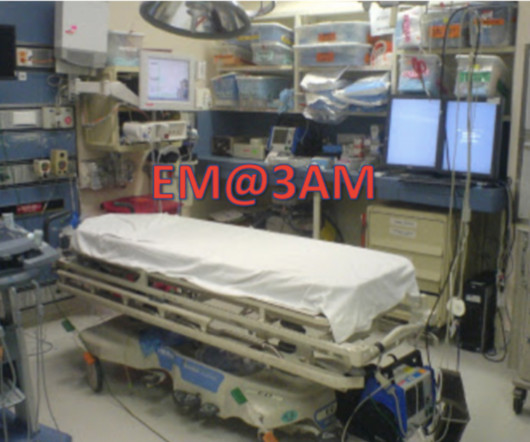






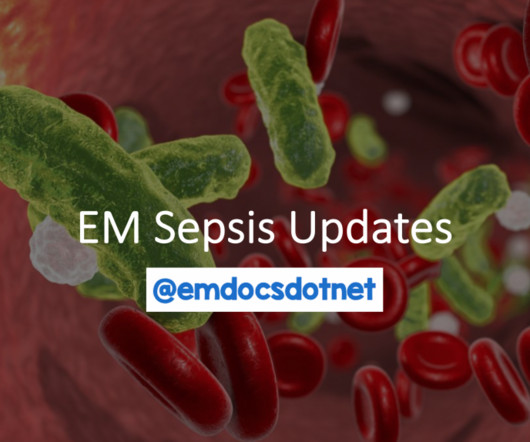
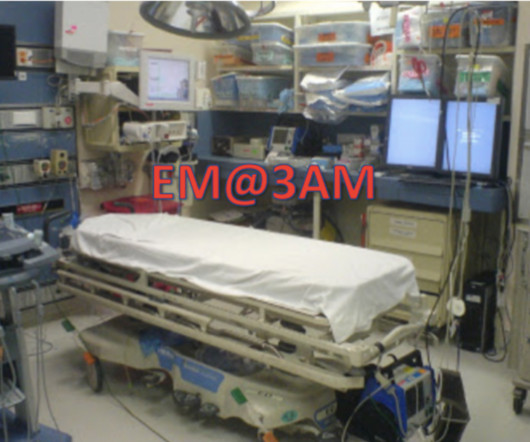






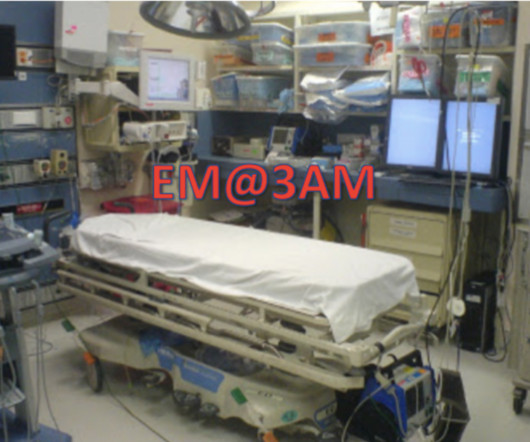
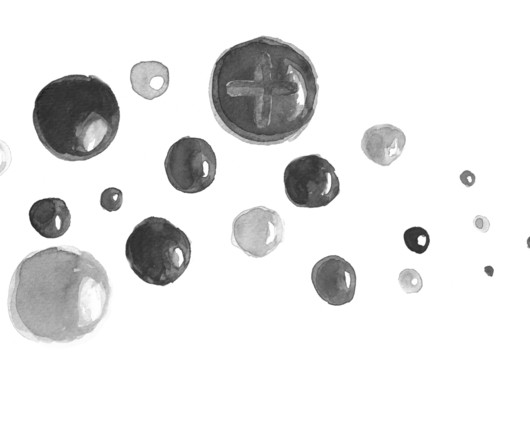
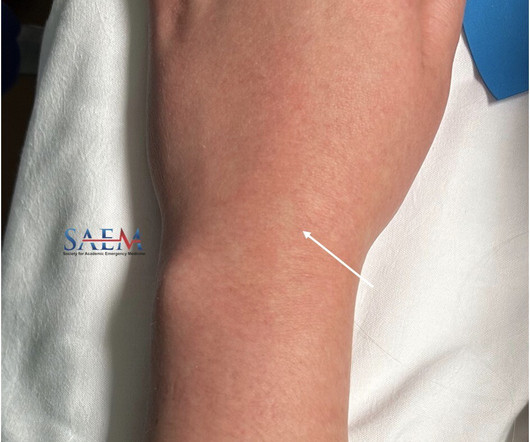








Let's personalize your content